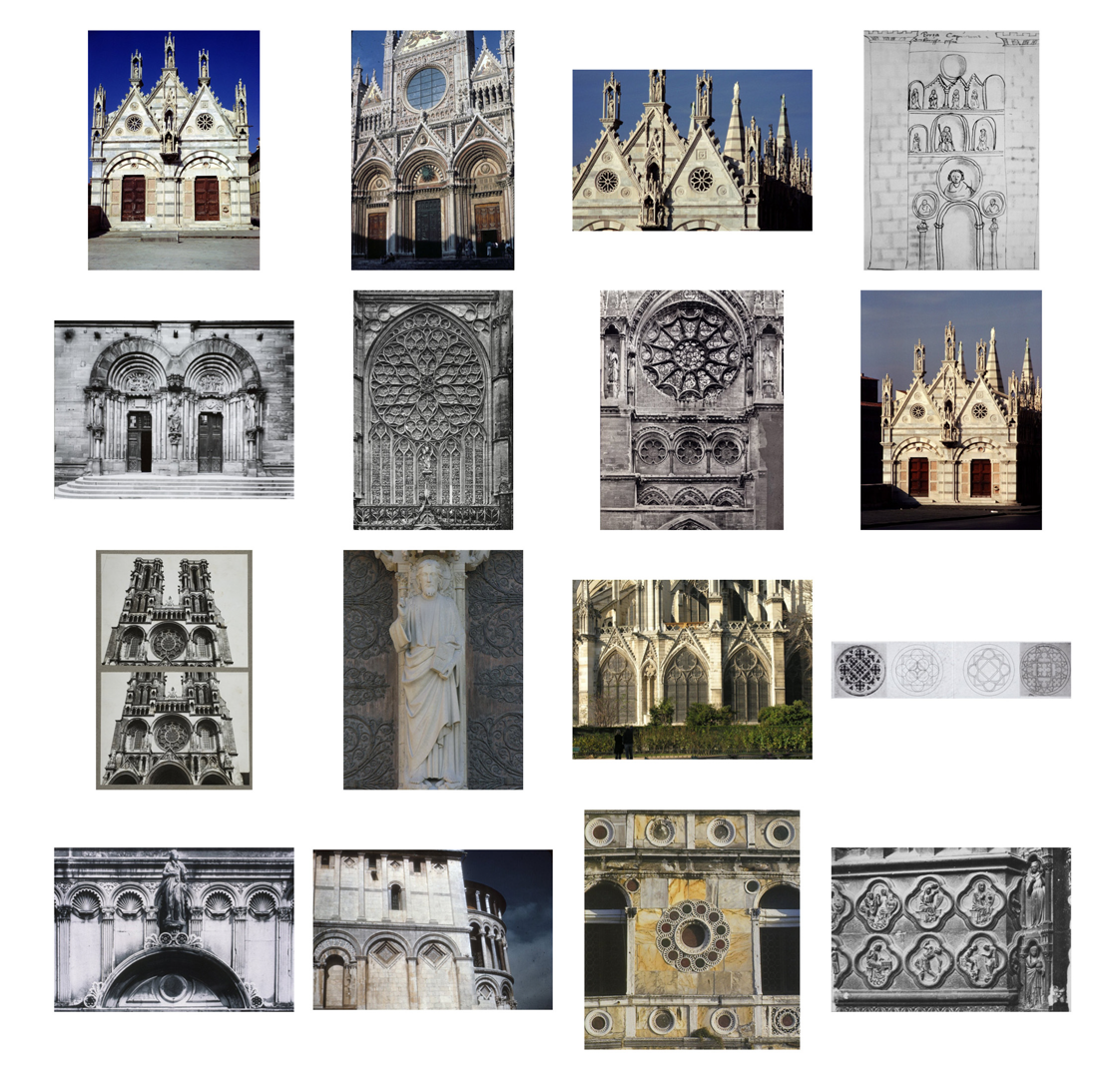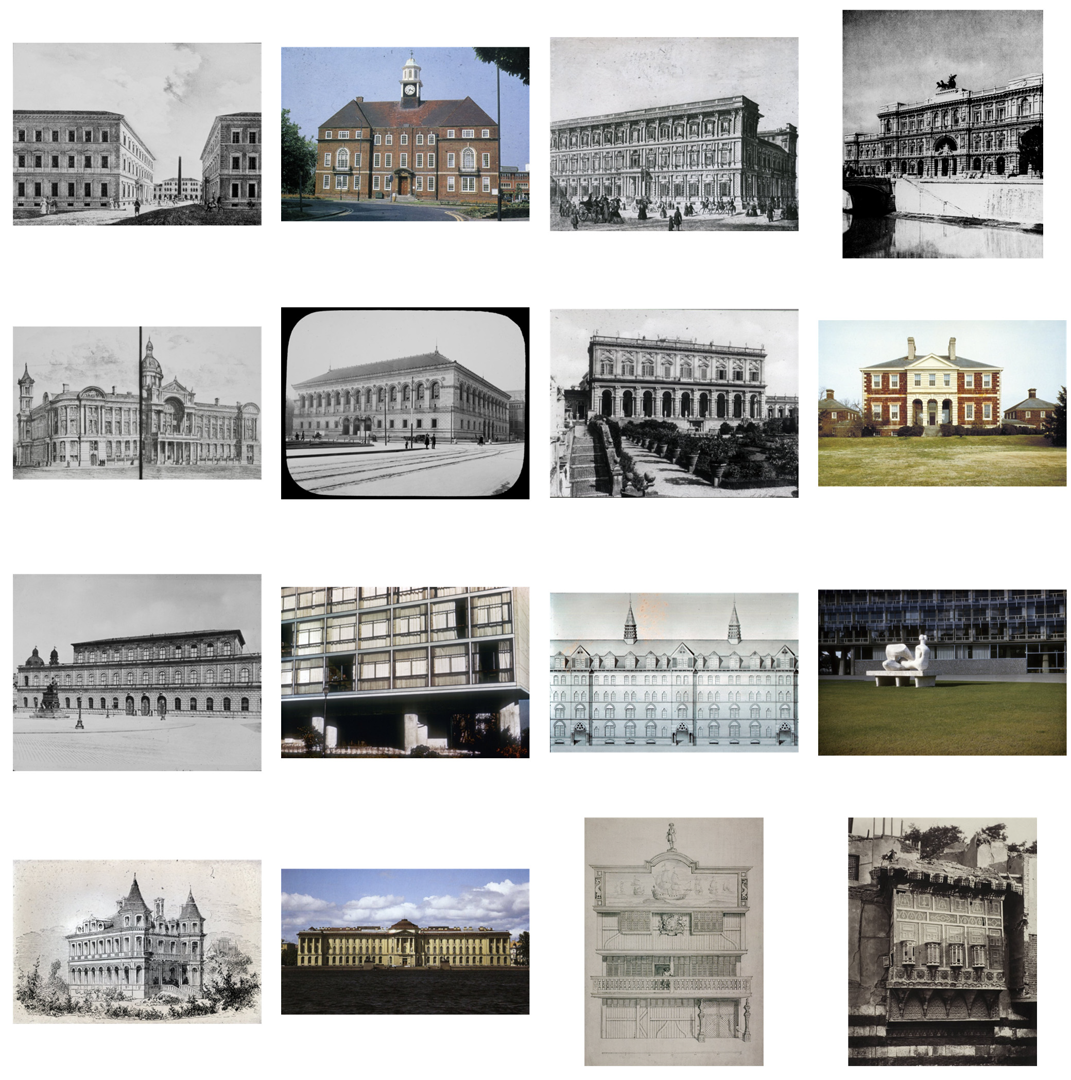“Using statistical topic models to organize and visualize large-scale architectural image databases” by Paczkowski, Dorsey and Rushmeier
Conference:
Type(s):
Title:
- Using statistical topic models to organize and visualize large-scale architectural image databases
Presenter(s)/Author(s):
Abstract:
Digital libraries have now become by far the preferred method for storing large image collections, making it increasingly important to improve issues of search and discovery within these databases. Content-based annotations of images, for classification purposes, have been a particularly significant area of research; however, even the best of such methods are prone to error — potentially associating incorrect text to image features and overlooking significant features. In the broader field of classification and search, Newman et al. demonstrated benefits of using statistical topic models to enrich document metadata. [Newman et al. 2007] This assumes that a document can be described with sufficient accuracy using a “bag of words” model, i.e. described by the words it contains (instances from a large vocabulary of words), and the frequency with which they occur. [Horster et al. 2007] applied this idea to large-scale image datasets, using SIFT features as data for creating a topic model.
References:
1. Blei, D., Ng, A., Jordan, M., and Lafferty, J. 2003. Latent dirichlet allocation. Journal of Machine Learning Research 3, 993–1022.
2. Duda, R., and Hart, P. 1972. Use of the hough transformation to detect lines and curves in pictures. Commun. ACM 15, 11–15.
3. Horster, E., Lienhart, R., and Slaney, M. 2007. Image retrieval on large-scale image databases. In CIVR ’07: Proc. of the 6th ACM international conference on image and video retrieval, 17–24.
4. Newman, D., Hagedorn, K., Chemudugunta, C., and Smyth, P. 2007. Subject metadata enrichment using statistical topic models. In JCDL ’07: Proceedings of the 7th ACM/IEEECS Joint Conference on Digital Libraries, 366–375.
5. Nister, D., and Stewenius, H. 2006. Scalable recognition with a vocabulary tree. In CVPR ’06: Proc. of the IEEE Conference on Comp. Vision and Pattern Recognition, vol. 2, 2161–8.








